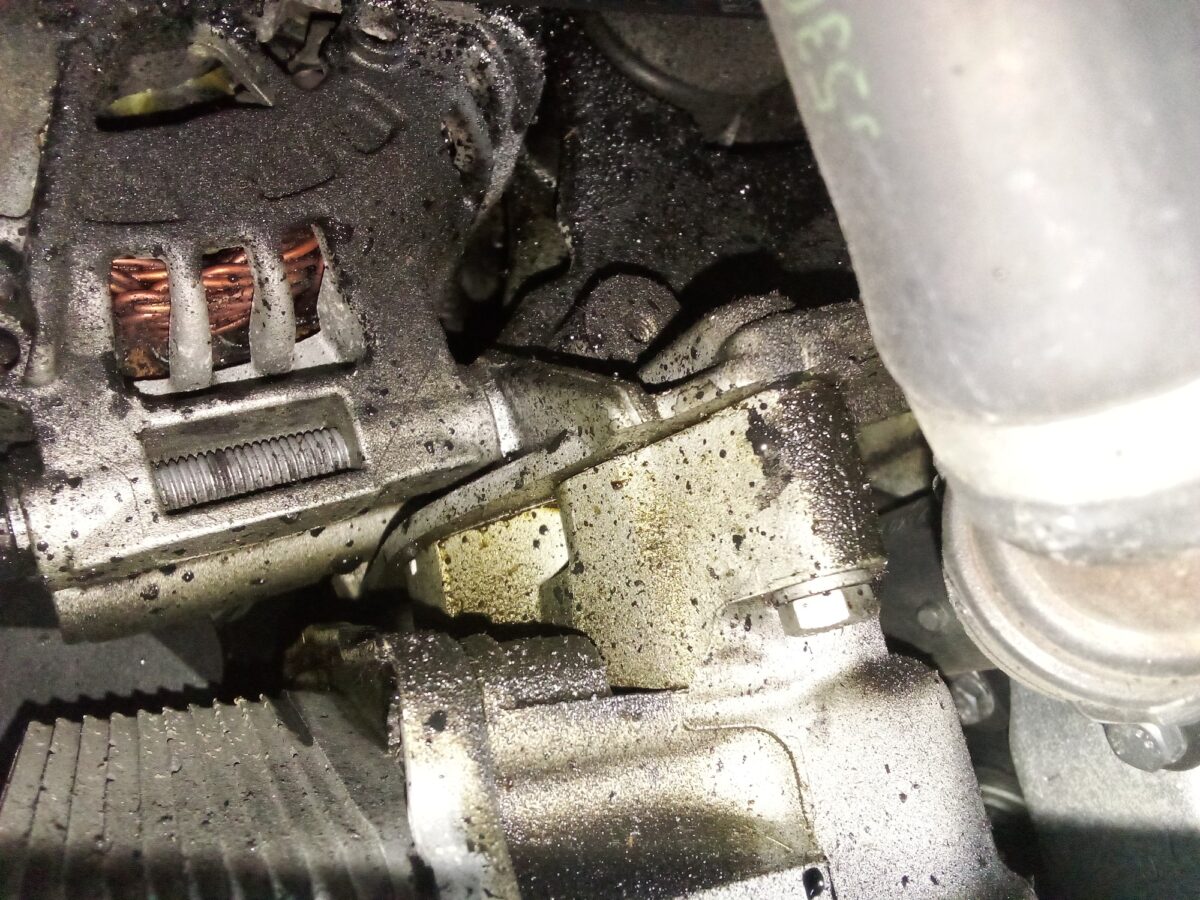Dealing with oil leaks can be daunting for any vehicle owner. Not only do these leaks create messy spots on your driveway, but they can also lead to significant engine damage if left unresolved. Regular oil leak inspections are essential to prevent more severe problems down the line. Below are five key points to ensure you keep your engine in top condition.
1. Visual Inspection of the Engine Bay
Spotting Leaks Early Saves Money
A thorough visual inspection is the first and most straightforward step in detecting oil leaks. Look for dark spots or oil seepage around the valve cover, oil pan, and other engine components. Early detection can prevent extensive damage, saving you both time and money. Regularly checking these areas can significantly reduce the risk of severe engine issues, as catching a leak early often means a simple repair rather than a costly overhaul.
Tips:
-
Use a flashlight for a more detailed inspection.
-
Pay close attention to areas around gaskets and seals.
-
Look for any dark, oily residue on engine components.
Learn about common oil leak sources and prevention
2. Check Oil Levels and Quality
Regular Monitoring Maintains Engine Health
Consistently checking your oil levels and quality is crucial for identifying leaks. Low oil levels or dirty oil can be indicators of a leak. Make it a habit to inspect the dipstick and oil fill cap for any signs of leakage or unusual residue. This could signal a problem that needs addressing. Learn more about the importance of regular oil changes.
Steps:
-
Park your car on a level surface and turn off the engine.
-
Wait a few minutes for the oil to settle.
-
Pull out the dipstick, wipe it clean, reinsert it, and then pull it out again to check the oil level and condition.
Discover why maintaining proper oil levels is crucial for engine health in this article on checking and maintaining engine oil.
3. Inspect Seals and Gaskets
Preventive Maintenance Avoids Bigger Issues
Seals and gaskets are common culprits when it comes to oil leaks. Regularly inspecting parts like the valve cover gasket, oil pan gasket, and timing cover seal can help you catch potential issues before they become severe. Replacing worn-out seals prevents leaks and ensures your engine stays lubricated and runs smoothly. Read about common symptoms of engine damage to stay ahead of major repairs.
Inspection Points:
-
Valve cover gasket
-
Oil pan gasket
-
Timing cover seal
-
Rear main seal
4. Examine the Oil Filter and Drain Plug
Routine Checks Extend Vehicle Lifespan
The oil filter and drain plug should be inspected during every oil change. Ensure they are properly tightened and free of cracks or damage. A loose or damaged oil filter or drain plug can lead to significant oil loss and potential engine damage. Learn more about why routine oil changes are essential.
Checklist:
-
Confirm the oil filter is securely tightened.
-
Inspect the drain plug for any signs of damage or wear.
-
Replace the drain plug washer if necessary.
5. Use UV Dye for Difficult Leaks
Advanced Techniques Pinpoint Hidden Problems
For leaks that are hard to detect, using UV dye can be highly effective. Add the dye to your oil, run the engine, and use a UV light to trace the leak’s source. This method ensures even minor leaks are identified and addressed, keeping your vehicle in top condition. This technique is particularly useful for finding leaks that are not visible during a standard visual inspection. Explore more advanced diagnostic tools for your car maintenance.
Steps:
-
Add UV dye to the engine oil.
-
Run the engine for a few minutes.
-
Use a UV light to inspect the engine bay and look for glowing traces of dye, which indicate the leak’s location.
For a detailed guide on using UV dye and other advanced leak detection methods, check out this leak detection article.
Conclusion
Ensuring a thorough oil leak inspection helps maintain your vehicle’s performance and longevity. By performing regular visual inspections, monitoring oil levels, checking seals and gaskets, examining the oil filter and drain plug, and using advanced techniques like UV dye, you can catch and resolve issues early.
Take these steps seriously to protect your engine and enjoy a smoother, more reliable driving experience. Have you checked your vehicle for oil leaks recently? Share your experiences and tips for keeping your car leak-free!
If you’re unsure about performing these inspections yourself or need a professional touch, consider visiting Grimmer Motors. With years of expertise and a commitment to quality service, Grimmer Motors is your go-to for comprehensive vehicle maintenance, ensuring your car remains in peak condition.
Learn more about the benefits of regular vehicle servicing and book an appointment with them today.

